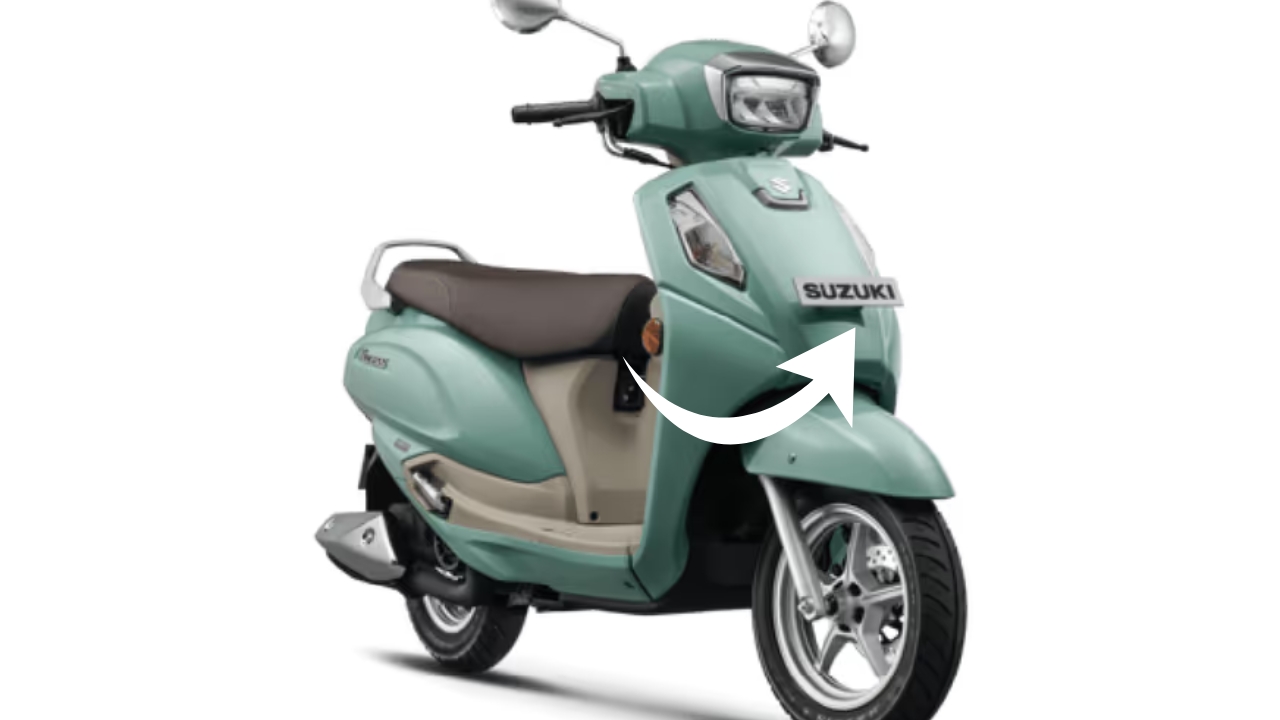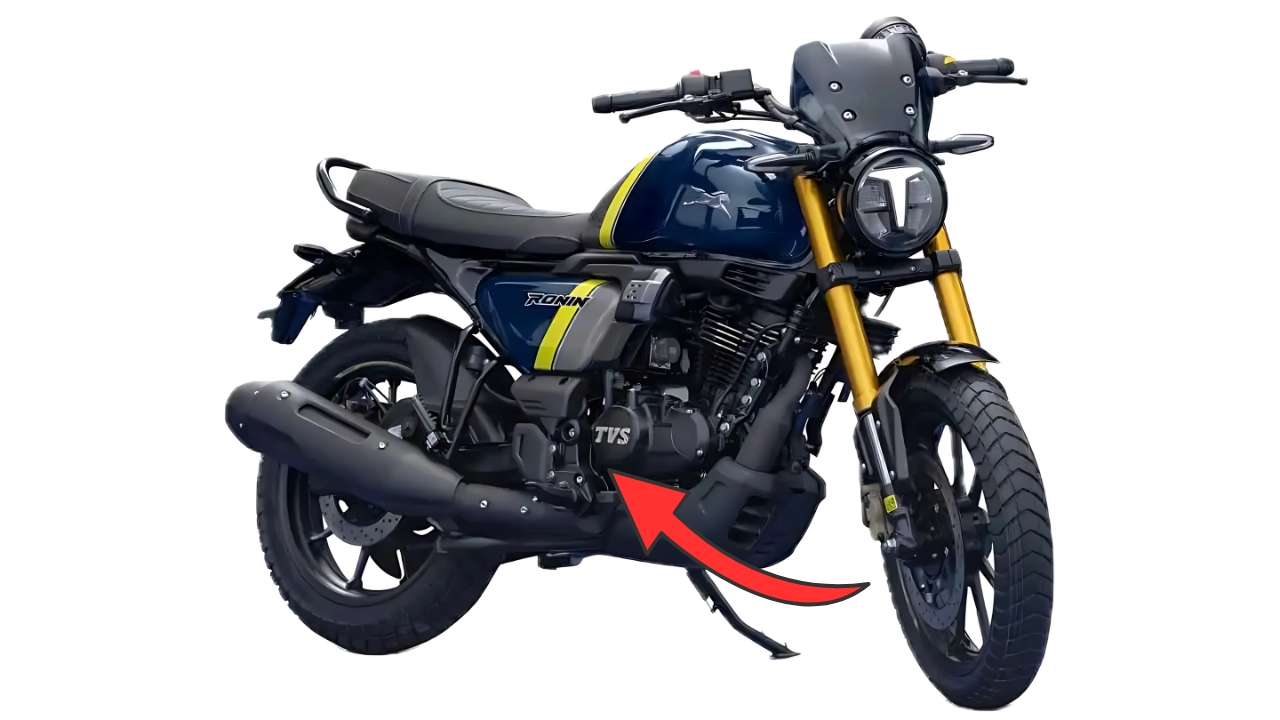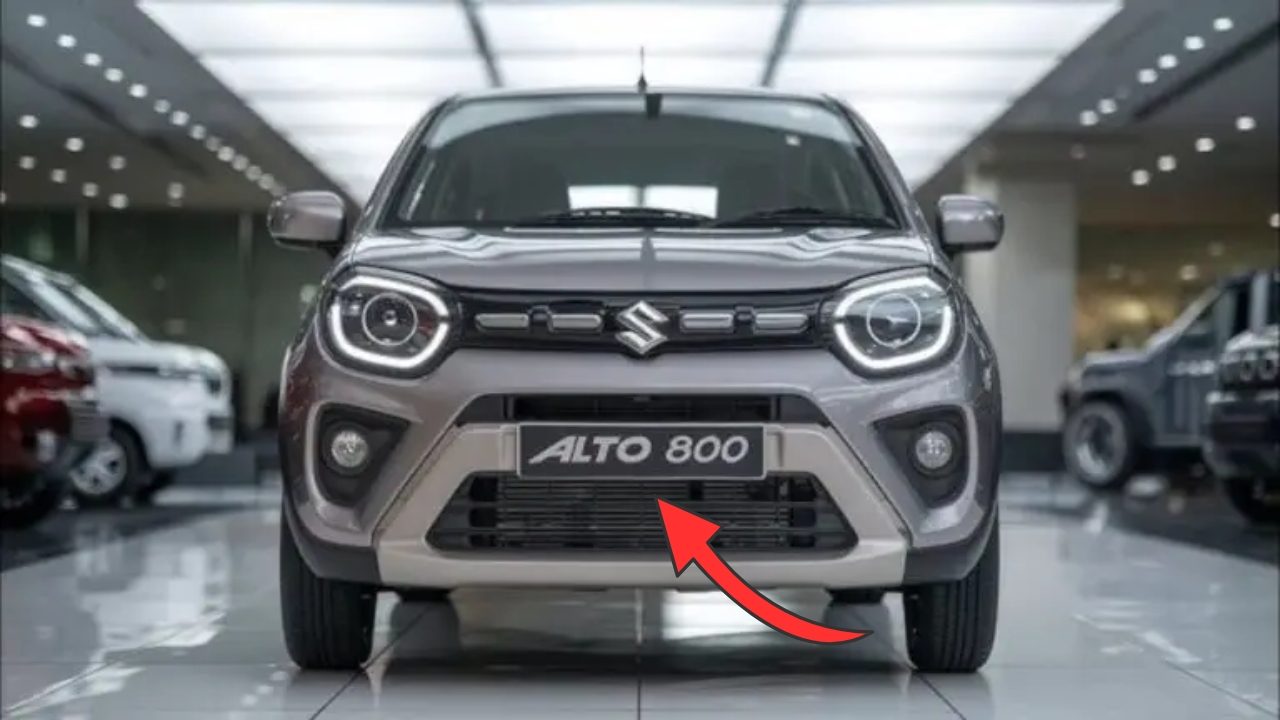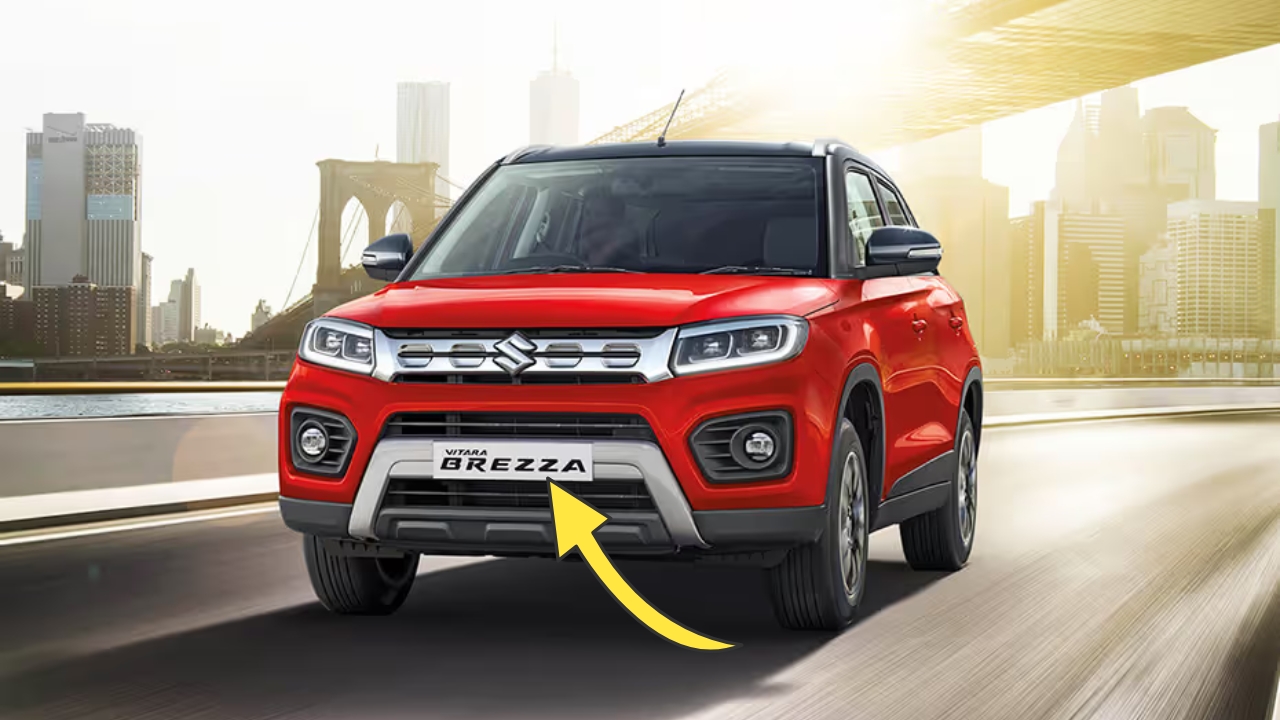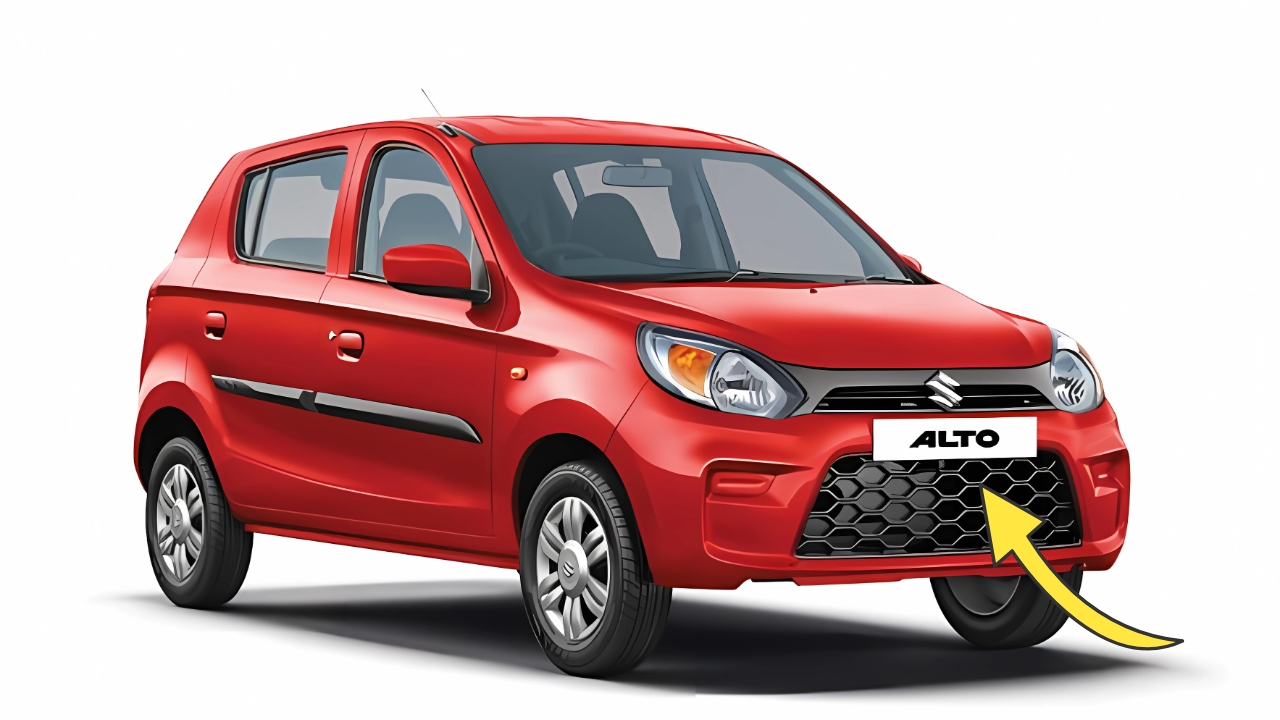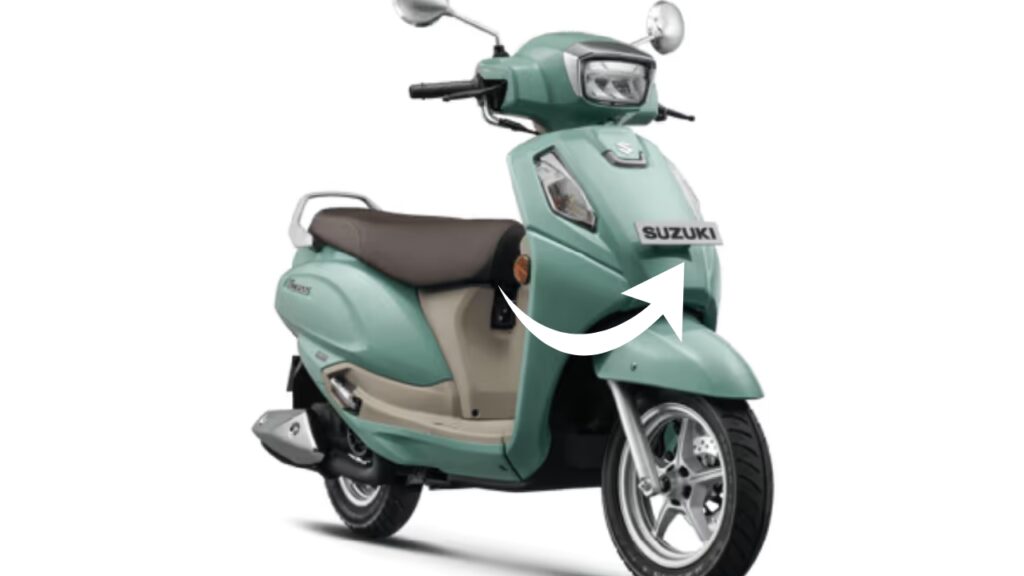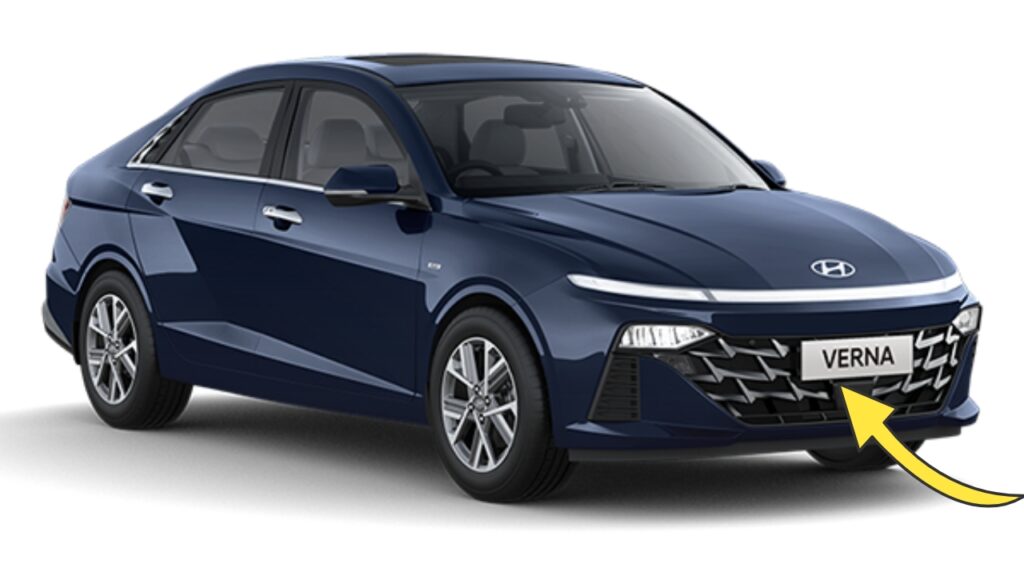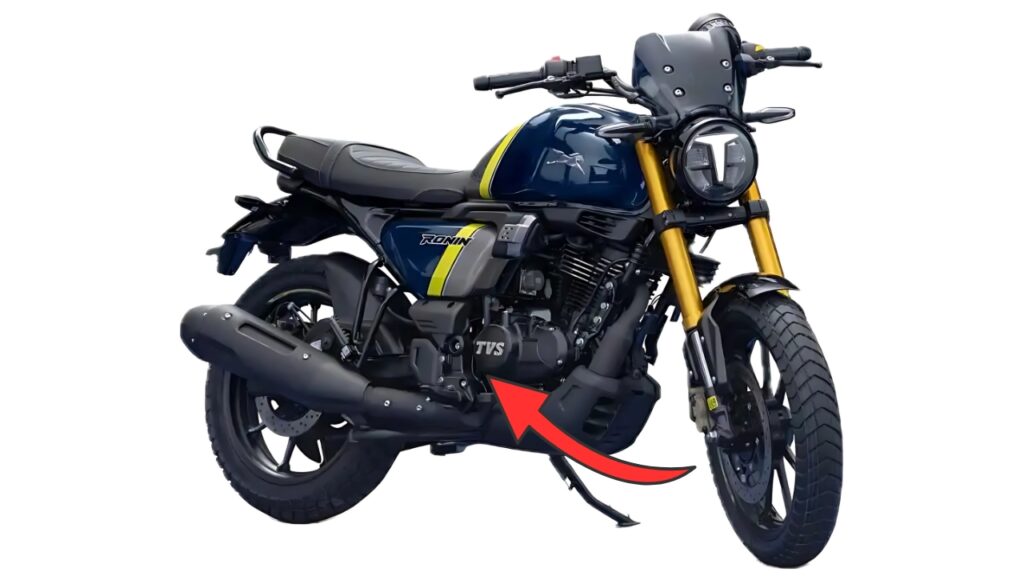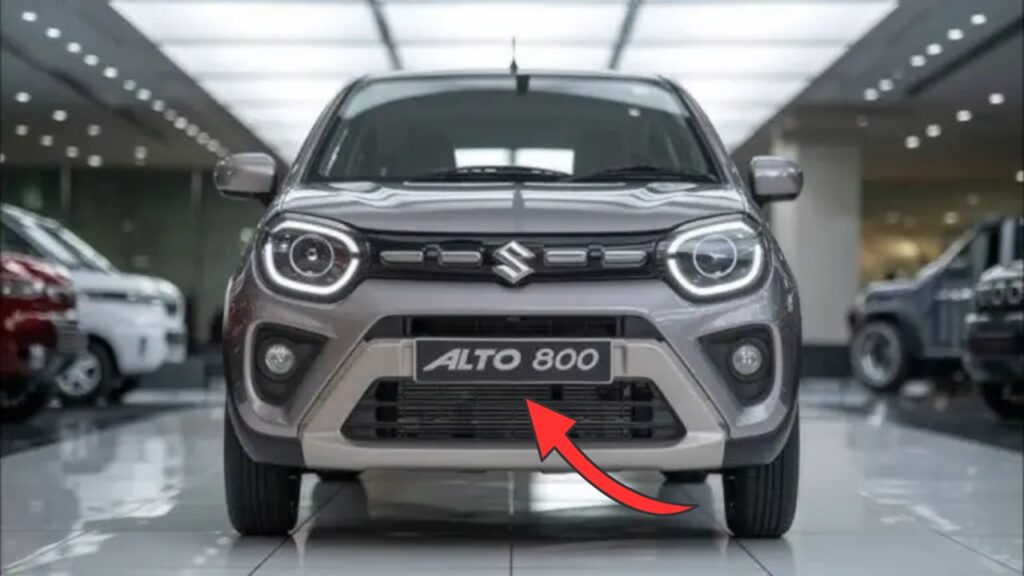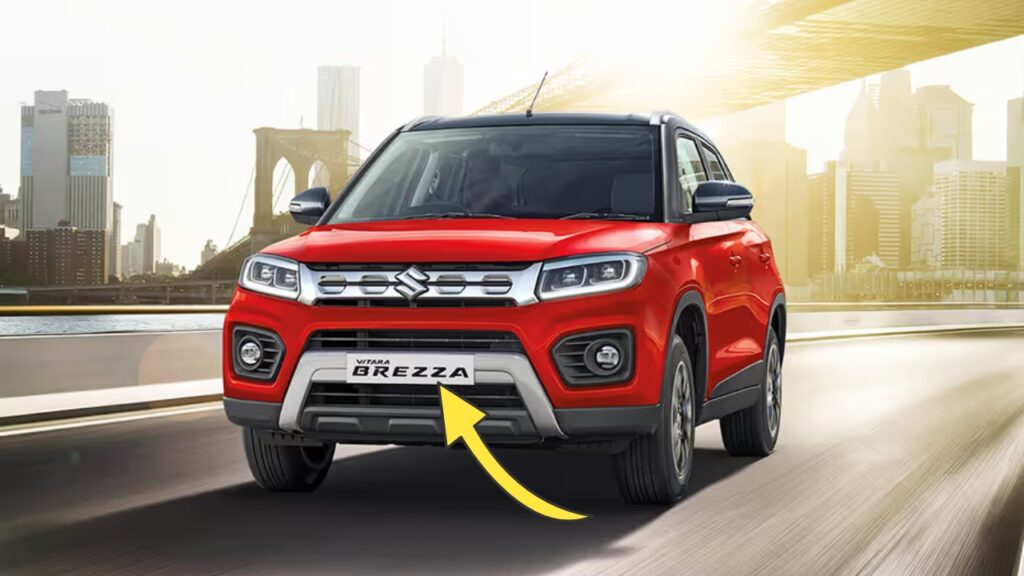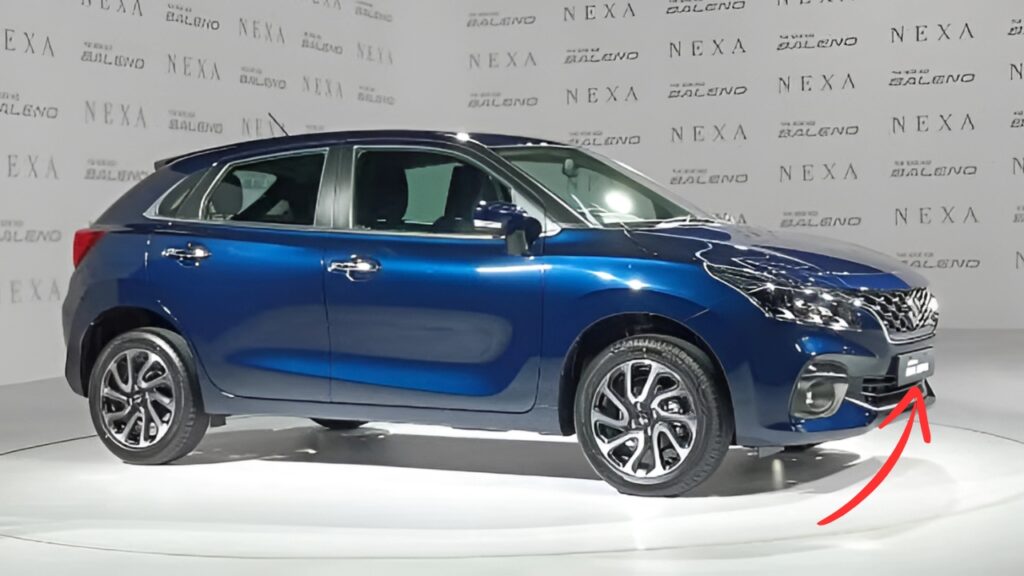Hyundai Verna Facelift: In an automotive landscape increasingly dominated by SUVs and crossovers, the mid-size sedan segment continues to offer a compelling blend of driving dynamics, efficiency, and value that appeals to discerning buyers.
The Hyundai Verna has long been a formidable contender in this space, balancing style, technology, and performance in a package that punches above its weight class.
With its latest facelift, Hyundai has significantly raised the stakes, transforming what could have been a mere cosmetic refresh into a comprehensive evolution that demands serious consideration from anyone shopping in this category.
This detailed review explores how the refreshed Verna manages to feel both familiar and thoroughly modern while addressing the specific needs of the Indian market.
Hyundai Verna Facelift: Design Evolution: Bold Statement in a Conservative Segment
The most immediately apparent aspect of the Verna facelift is its dramatic exterior redesign, which embraces Hyundai’s current “Sensuous Sportiness” design language with considerable confidence.
The front fascia features a significantly enlarged parametric grille that dominates the nose, flanked by slim LED headlamps with distinctive daytime running light signatures that create an unmistakable visual identity even at a distance.
The side profile maintains the coupe-like silhouette that has characterized recent Verna generations, but with more pronounced character lines and carefully sculpted surfaces that create dynamic light play.
The fastback-inspired roofline flows smoothly into a redesigned rear section featuring connected LED tail lamps with a distinctive light bar spanning the width of the boot—a premium touch typically found in higher segments.
Available in seven exterior colors including the striking Fiery Red, Typhoon Silver, and Abyss Black Pearl, the refreshed Verna offers visual personalization while maintaining a cohesive design identity.
The newly designed 16-inch diamond-cut alloy wheels fill the arches confidently, contributing to the planted stance that avoids the sometimes awkward proportions that plague some competitors.
Most impressive is how the design team has managed to create a sedan that appears both sophisticated and sporty without resorting to boy-racer embellishments or excessive chrome application.
The visual presence projects a maturity that respects the segment’s typically conservative buyers while offering enough distinctive character to stand out in parking lots increasingly filled with homogeneous crossovers.
Cabin Experience: Perceived Quality Beyond Price Expectations
Step inside the refreshed Verna, and the immediate impression challenges preconceptions about what constitutes a “mid-size sedan interior” in this price bracket.
The thoughtfully designed dashboard combines soft-touch materials on upper surfaces with durable plastics in less frequently touched areas, creating an environment that feels more premium than the price point suggests.
The centerpiece of the redesigned cabin is the integrated display consisting of a 10.25-inch touchscreen infotainment system and matching 10.25-inch digital instrument cluster, creating a panoramic digital cockpit that would have seemed impossible in this segment just a few years ago.
The interfaces feature crisp graphics and responsive touch performance, with intuitive menu structures that minimize the learning curve.
Seating comfort impresses with well-bolstered front seats that provide adequate thigh support and lower back cushioning for extended journeys.
The rear bench accommodates three adults without severe compromise, with the nearly flat floor enhancing middle passenger comfort compared to many competitors.
Legroom proves generous by segment standards, though taller passengers may find headroom slightly limited by the sloping roofline—a common trade-off for the coupe-like styling.
Practical storage solutions abound throughout the cabin, from the sizable door pockets and center console bin to thoughtfully positioned smartphone shelves and cupholders.
The 528-liter boot capacity exceeds many competitors, with a wide opening and low lip facilitating the loading of bulky items.
Particularly noteworthy is the attention to noise, vibration, and harshness (NVH) management, with significantly improved insulation from engine, road, and wind noise compared to the previous generation.
This refinement substantially enhances the perceived quality during daily commutes and highway journeys alike.
Technology Integration: Feature-Rich Without Overwhelming
The Verna facelift demonstrates Hyundai’s mature approach to in-car technology, focusing on features that enhance the ownership experience rather than simply lengthening the brochure.
The 10.25-inch touchscreen infotainment system offers wireless Android Auto and Apple CarPlay integration, built-in navigation with real-time traffic updates, and over-the-air update capability for future enhancements.
The 8-speaker Bose premium sound system delivers impressive audio performance with balanced frequency response and adequate volume without distortion—a genuine surprise at this price point.
Voice command functionality works reliably for phone, navigation, and media controls, minimizing driver distraction during common tasks.
The digital instrument cluster offers multiple display themes and customization options, presenting essential information clearly while allowing drivers to prioritize the data most relevant to their preferences.
The multi-color ambient lighting system with 64 color choices creates a customizable atmosphere that enhances night driving without becoming distracting.
Advanced driver assistance systems include autonomous emergency braking, lane keep assist, adaptive cruise control, blind spot monitoring, and rear cross-traffic alert—a comprehensive safety package that exceeds segment standards and approaches the offerings of premium European marques.
These features function with reassuring consistency rather than the false alarms or missed detections that plague some competitors’ implementations.
The inclusion of ventilated front seats addresses a genuine need in India’s climate without feeling like a marketing gimmick, while the electronic parking brake with auto-hold function brings premium convenience to daily urban driving.
The wireless smartphone charging pad with cooling function prevents device overheating during simultaneous charging and navigation use—a thoughtful detail that demonstrates real-world understanding.
Powertrain Options: Balanced Performance for Diverse Requirements
The Verna facelift offers three powertrain choices that address different priorities without compromising the fundamental character of the vehicle:
| Powertrain Specifications | 1.5L NA Petrol | 1.5L Turbo Petrol | 1.5L Diesel |
|---|---|---|---|
| Displacement | 1,497cc | 1,482cc | 1,493cc |
| Maximum Power | 115 PS @ 6,300 RPM | 160 PS @ 5,500 RPM | 116 PS @ 4,000 RPM |
| Maximum Torque | 144 Nm @ 4,500 RPM | 253 Nm @ 1,500-3,500 RPM | 250 Nm @ 1,500-2,750 RPM |
| Transmission Options | 6MT / IVT | 6MT / 7DCT | 6MT / 6AT |
| Claimed Fuel Efficiency | 18.6 km/l (MT) | 20.0 km/l (MT) | 25.0 km/l (MT) |
| 0-100 km/h Time | 11.5 seconds | 8.2 seconds | 10.0 seconds |
The 1.5-liter naturally aspirated petrol engine offers a balanced compromise between performance and efficiency, with linear power delivery and reasonable refinement that suits both urban commuting and occasional highway journeys.
The six-speed manual transmission provides precise shifts with well-defined gates, while the intelligent variable transmission (IVT) delivers smooth transitions prioritizing comfort over outright sportiness.
The 1.5-liter turbo-petrol engine transforms the Verna’s character, delivering genuinely engaging performance that challenges some entry-level luxury sedans.
The seven-speed dual-clutch transmission paired with this engine offers rapid shifts and intelligent predictive logic that minimizes the turbo lag often associated with small-displacement turbocharged engines.
The 1.5-liter diesel continues to appeal to high-mileage users with its impressive fuel efficiency and strong mid-range torque that minimizes the need for frequent gear changes in traffic.
Refinement improvements have addressed the traditional diesel clatter, though some noise inevitably penetrates the cabin under hard acceleration.
Drive modes (Eco, Comfort, and Sport) meaningfully alter throttle response, steering weight, and transmission shift patterns rather than functioning as mere marketing features.
The choice between these three distinct powertrains represents a genuine advantage over competitors that offer fewer options, allowing buyers to prioritize economy, performance, or long-distance efficiency according to their specific needs.
Ride and Handling: European-Inspired Dynamics
The Verna facelift demonstrates Hyundai’s growing confidence in chassis tuning, with a suspension setup that balances ride comfort with engaging handling more successfully than previous generations.
The front MacPherson struts and rear torsion beam arrangement may seem conventional, but the calibration demonstrates sophisticated understanding of road conditions typical to the Indian market.
The sedan absorbs typical urban road imperfections without jarring occupants, while maintaining sufficient body control during directional changes to inspire confidence.
Steering weighting feels natural across various speeds, with adequate feedback during spirited driving without becoming tiring during highway cruising or parking maneuvers.
Ground clearance of 165mm handles typical speed breakers without drama when reasonably loaded, though care remains necessary over particularly aggressive obstacles.
Braking performance impresses with good pedal feel and progressive resistance that facilitates smooth stops in traffic while providing reassuring deceleration during emergency situations.
Most noteworthy is the overall suspension refinement, with well-controlled rebound damping that prevents the floaty sensation sometimes experienced in comfort-oriented vehicles.
This characteristic significantly contributes to passenger comfort during longer journeys while maintaining driver engagement on more challenging roads.
Practical Ownership Considerations
The Verna facelift demonstrates commendable attention to practical considerations beyond mere passenger accommodation.
Fuel efficiency across all powertrains delivers reasonable running costs, with the diesel and turbo-petrol options particularly appealing for their respective use cases.
Service intervals of 10,000 kilometers strike a practical balance between maintenance requirements and owner convenience.
Hyundai’s expanding service network improves accessibility across various geographies, while the transparent maintenance packages allow owners to predict service costs accurately.
The company’s digital service initiatives, including online appointment booking and service history tracking, further enhance the ownership experience through convenience and transparency.
The 3-year/unlimited kilometer warranty provides reasonable coverage for typical ownership periods, with extended warranty options available for those planning longer-term ownership.
The strong resale value that Hyundai has established in recent years offers additional ownership cost advantages over the vehicle lifecycle.
Key Takeaways:
-
Distinctive Design: Bold yet sophisticated styling that stands out in a conservative segment
-
Premium Interior: Cabin quality and technology that exceed price-point expectations
-
Comprehensive Safety: Advanced driver assistance systems uncommon in the segment
-
Powertrain Choices: Options addressing different priorities from efficiency to performance
-
Refined Dynamics: Ride and handling balance suited to diverse Indian road conditions
-
Ownership Value: Reasonable maintenance costs with strong residual value protection
Hyundai Verna Facelift: Setting New Standards Through Balanced Excellence
The Hyundai Verna facelift represents a significant evolution not just for the model but for the mid-size sedan segment as a whole.
By carefully balancing aesthetic appeal, technological features, driving dynamics, and ownership value, Hyundai has created a vehicle that satisfies rational requirements while still engaging emotional connections that inspire pride of ownership.
While no vehicle can be perfect for every potential buyer, the refreshed Verna demonstrates a thoughtful understanding of what matters most to sedan buyers who have resisted the crossover trend.
Rather than attempting to emulate crossover characteristics, it proudly embraces sedan virtues—lower seating position, superior aerodynamics, and more engaging driving dynamics—while addressing traditional sedan limitations through thoughtful engineering.
For buyers seeking a mid-size sedan that balances style and substance, performance and efficiency, features and value, the Verna facelift deserves serious consideration.
It stands as evidence of Hyundai’s continued commitment to the sedan format—building on established strengths while addressing historical limitations to create a product increasingly aligned with contemporary expectations.
In the final analysis, the Verna’s greatest achievement may be forcing competitors to elevate their offerings, ultimately benefiting consumers through improved standards across the segment.
That outcome would represent success transcending mere sales figures—establishing Hyundai as a genuine innovator rather than simply a participant in one of India’s most established automotive categories.

